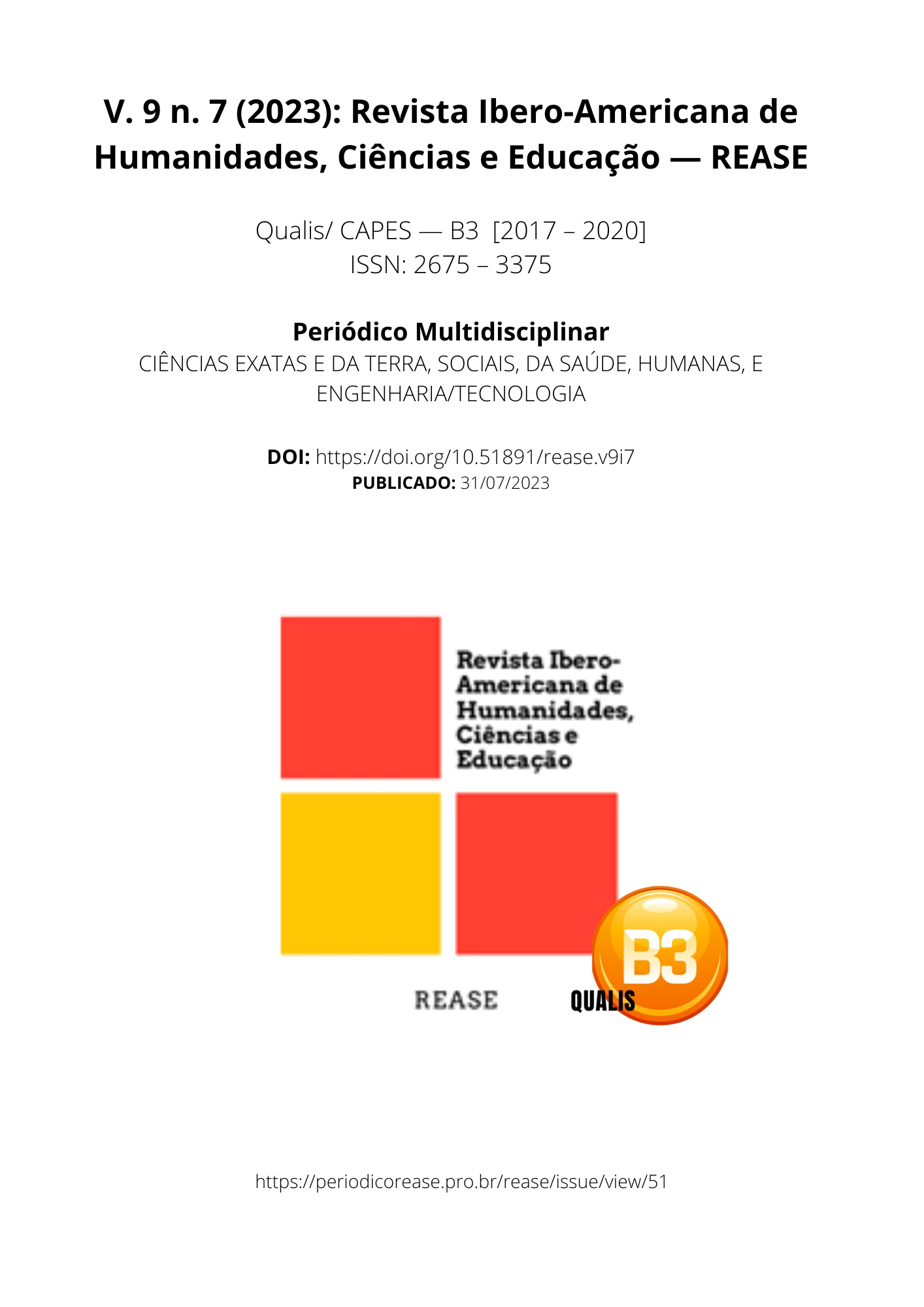GIST GÁSTRICO: ESTADO DA ARTE E NEOADJUVÂNCIA
DOI:
https://doi.org/10.51891/rease.v9i7.10648Palavras-chave:
GIST. Neoadjuvância. Células de cajal. Imatinib.Resumo
INTRODUÇÃO: O GIST (gastrointestinal stromal tumor), é um tumor estromal gastrointestinal que surge a partir de células de origem mesenquimal, que se localizam na musculatura lisa responsável pela movimentação do trato digestivo, chamadas células de Cajal, também chamadas de “células de marca passo”. Corresponde a cerca de 1% das neoplasias gastrointestinais e cerca de 2% das neoplasias malignas do estômago, embora seja a neoplasia não epitelial mais comum do trato gastrointestinal, sendo encontrado em mais de 50% das vezes neste sítio. Deriva da mutação no gene que codifica o KIT, um receptor transmembrana acoplado a tirosina quinase, que faz parte de uma cascata intracelular que controla funções básicas como proliferação e sobrevivência. DIAGNÓSTICO: Na fase inicial, a maior parte dos pacientes são assintomáticos e o tumor pode ser diagnosticado de forma incidental. Quando há sintomas, os principais são hemorragia e anemia associada. Quando o tumor ocorre no estômago, o paciente pode ter sintomas inespecíficos como perda de peso, distensão abdominal, plenitude pós-prandial, náuseas e vômitos. Na suspeita de lesão maligna, o primeiro passo é a realização de exame de imagem, embora não exista algum exame bem estabelecido. A ultrassonografia endoscópica (EUS) se apresenta como chave importante no diagnóstico por mostrar informações da SEL como: origem das células, natureza da lesão (sólida, cística, gordurosa ou de vasos sanguíneos), e o tamanho da lesão e amostra tecidual satisfatória para as técnicas de imunohistoquímica, o que confirmará o diagnóstico. TRATAMENTO: O principal pilar do tratamento é a ressecção cirúrgica da lesão, sendo a única possibilidade de cura para os pacientes. Todas as lesões com tamanho superior a 2,0 cm ou menores com alguma sintomatologia devem ser ressecadas com margens macroscópicas livres. A adjuvância com imatinib é indicação fundamental para todos os pacientes com moderado e alto risco de recorrência pelos critérios de risco de Fletcher. NEOADJUVÂNCIA: Embora não existam evidências demonstrando melhores resultados para mortalidade em cinco anos ou taxa de recorrência em 1, 2 ou 3 anos, a neoadjuvância é capaz de reduzir o tamanho do tumor, permitir o procedimento com menor morbidade e reduzir o risco de ruptura tumoral e demais complicações pós-operatórias. CONCLUSÃO: A ressecção e o uso de terapia adjuvante com inibidor de tirosina quinase são as únicas terapias com possibilidade de cura até o momento. Dessa forma, a neoadjuvância é indicada apenas para reduzir o tamanho do tumor, reduzindo a morbidade do procedimento, não havendo evidências que indiquem benefício ou mesmo malefício de seu uso.
Downloads
Downloads
Publicado
Como Citar
Edição
Seção
Categorias
Licença
Atribuição CC BY

